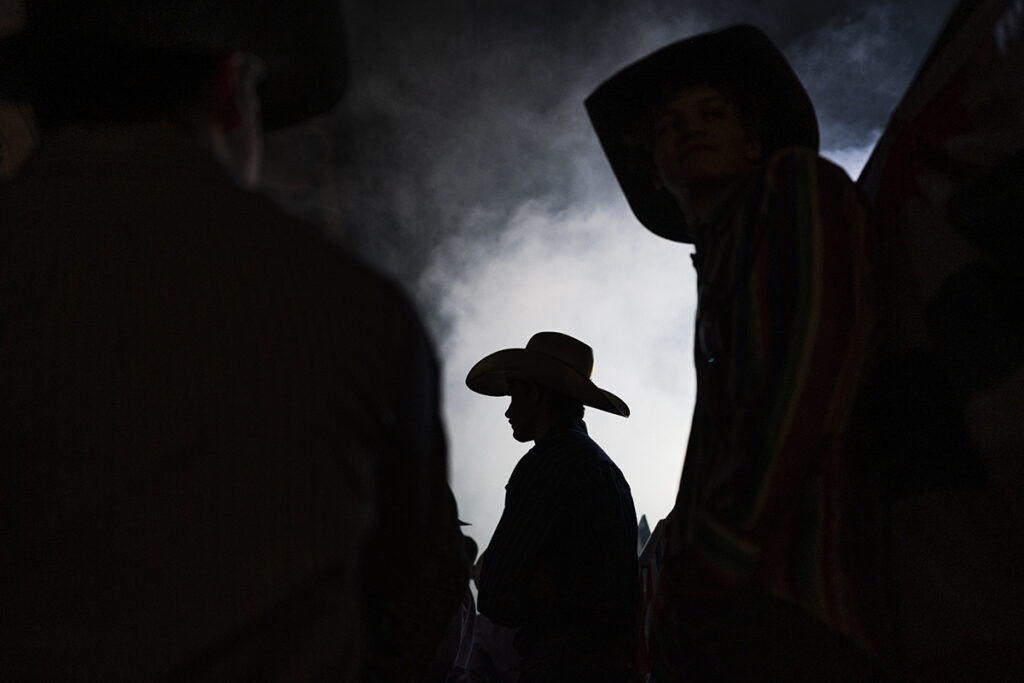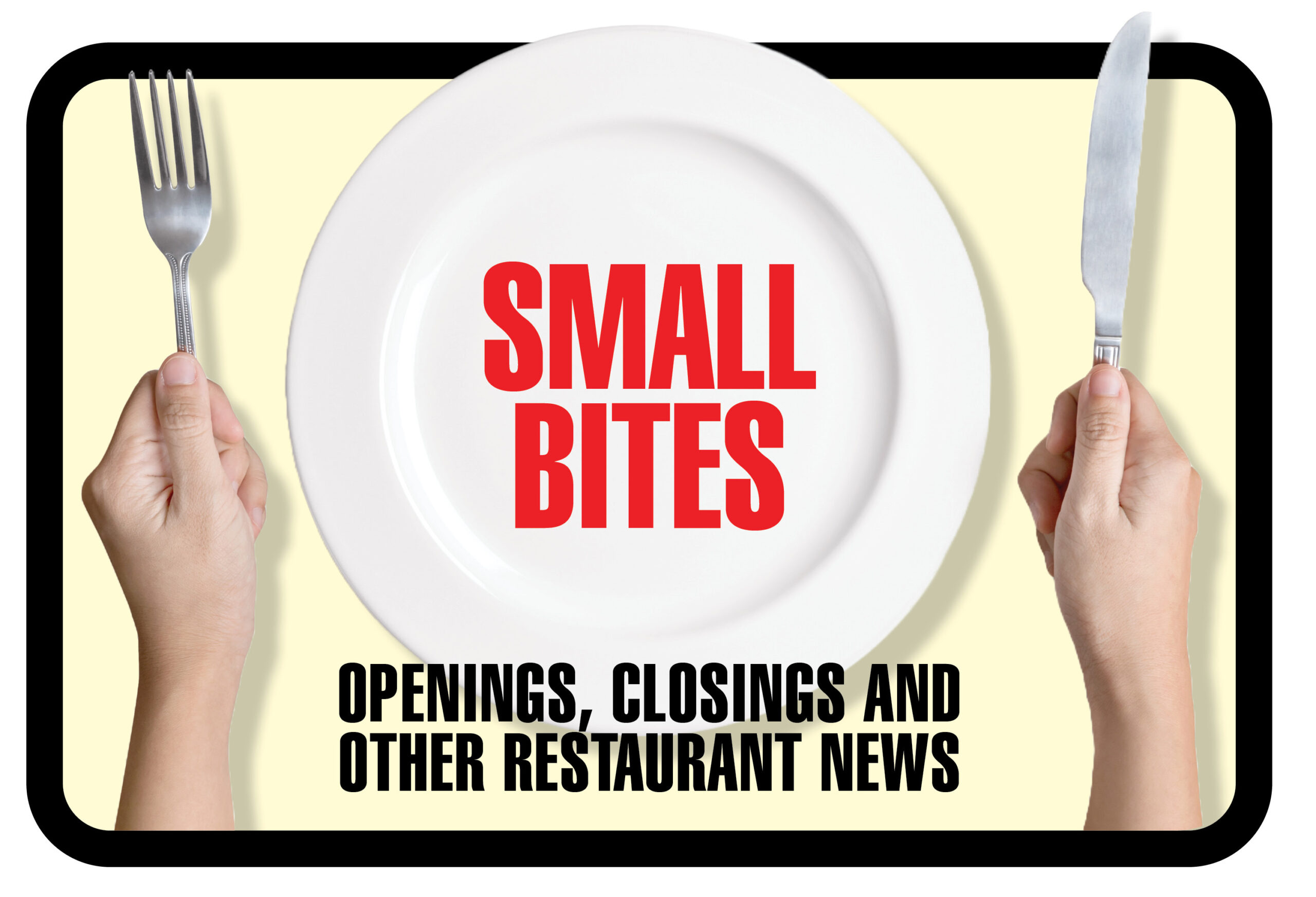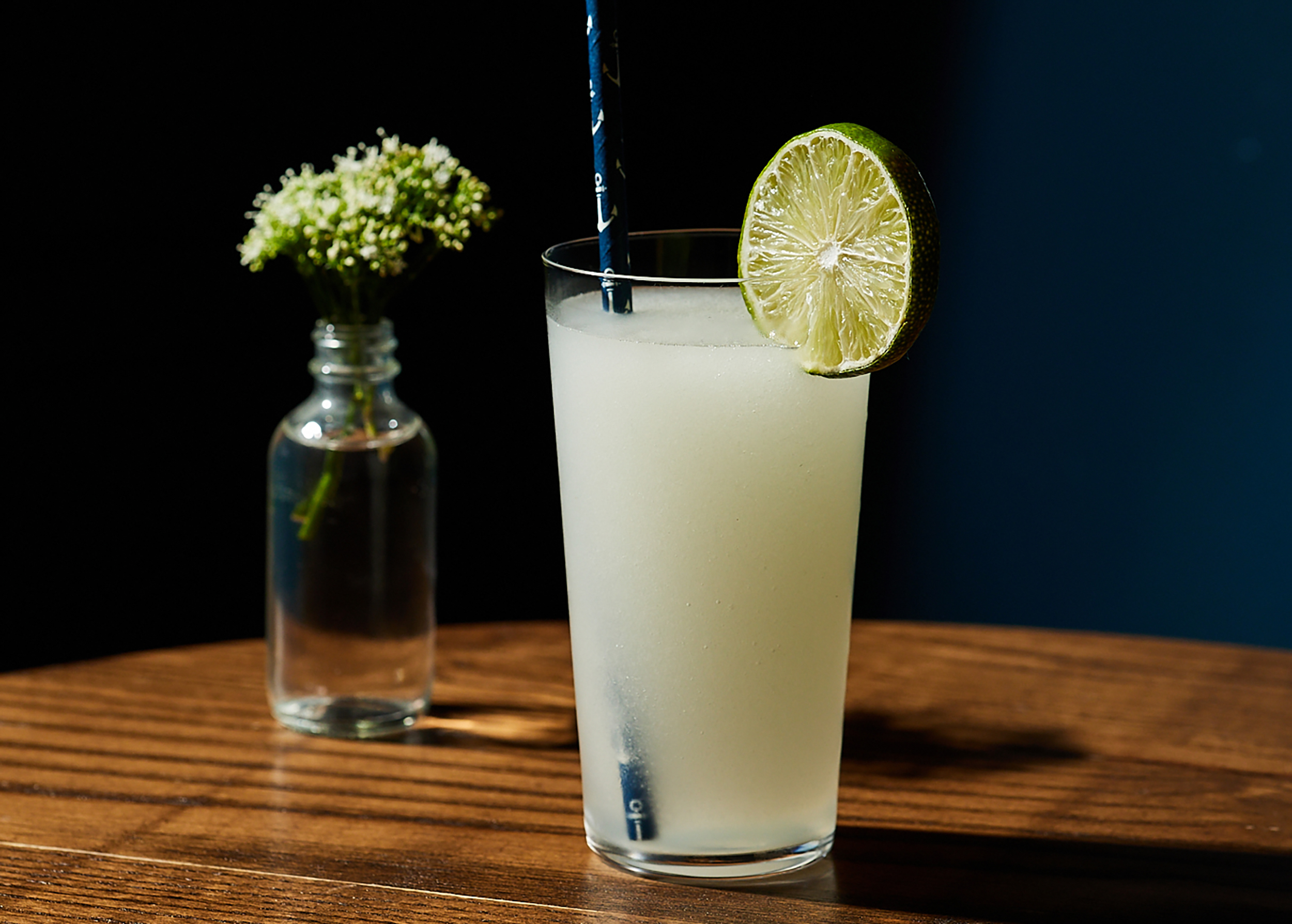It began with stockyards in the West Bottoms. What is now known as the American Royal was once just dirt-covered fields thick with an overwhelming smell of livestock that could be carried for miles by the strong midwestern winds.
In 1871 on the Missouri side of the Kansas River, along the Kansas Pacific and Missouri Pacific railroad tracks, the Kansas City stockyards opened. With nearly a hundred thousand residents, it was a time when there were more Hereford cattle than people in the city.

Later called the Kansas City Livestock Exchange, the stockyards quickly became the epicenter of the Midwest’s cattle industry. But it was more than just a high-traffic cattle market: The stockyards fueled KC’s population growth. As a result of the booming cattle industry, thousands of people were employed, and more businesses were attracted to the city, including meatpacking plants and wholesale grocery stores.
Hereford Gold

It was in 1899 when the stockyards struck gold. The Livestock Exchange joined forces with what was known as the National Hereford Show, the first nationwide purebred cattle show.
More than five hundred registered Herefords were at the auction, and three hundred sold for more than $334 on average. An estimated fifty-five thousand people attended the event held in a tent right in the stockyard.
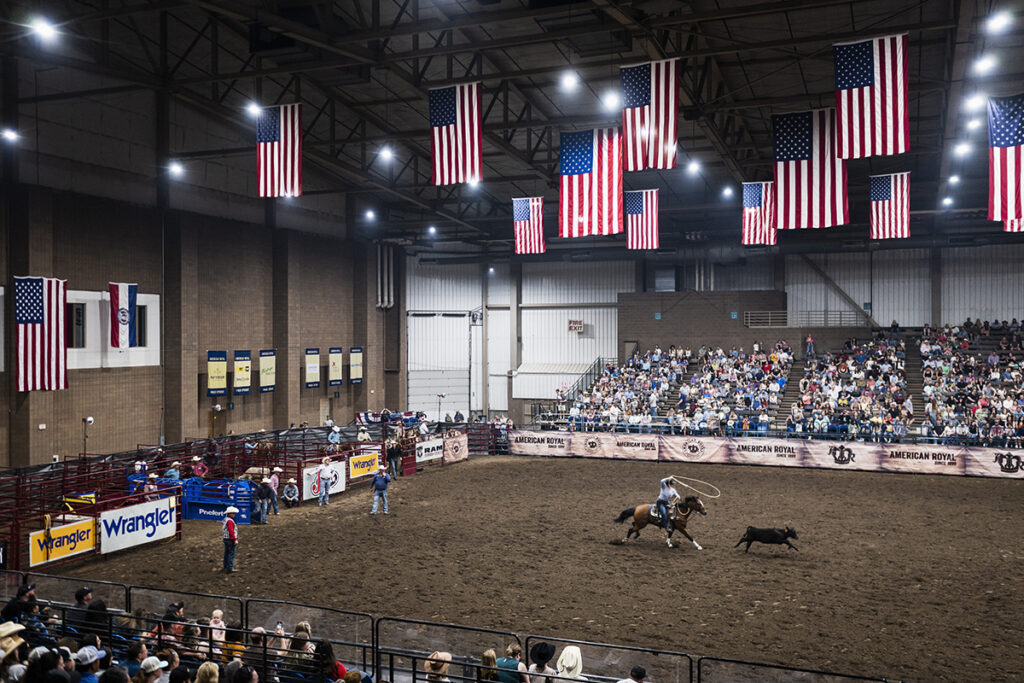
“The stockyard provided opportunities for cattle producers to exhibit our livestock,” says Nathan Laudan, director of education at the American Royal Association. “They were our magnet for creating our first livestock show.”
With each passing year, The National Hereford Cattle Show expanded beyond its original meager circus-like tent in the stockyard, continuing to feature hundreds of heads of cattle each year.
The American Royal Is Born

No longer fitting its original name, the Livestock Exchange was renamed the American Royal in 1902, thanks to C.F. Curtiss, then the dean of agriculture at Iowa State College of Agriculture, who compared the exchange to the British Royal Agricultural Show. Much like Kansas City’s population then, the show was growing with great speed, with additions such as a horse show.
“We credit the founding of the horse show to Tom Bass,” Laudan says. “Bass, who was born a slave and died a free man in Missouri, was not only the inventor of the Bass Bit, which is still used today, and a prominent horse trainer, but he was the first to see the crowds at the American Royal and say, ‘Hey, there is a need for a horse show here.’” From then on, it would be known as the The American Royal Livestock and Horse Show, which positively changed the dynamic of the event forever.

It wasn’t until years later that the American Royal Association and the Kansas City Stockyards would invest in a permanent structure. Built in the stockyards, the building was deemed to be the American Royal’s first official home. At the time, the twenty-six thousand square-foot property seemed a source of astonishment. It was a manmade creation that sought to advance the livestock industry beyond what was thought possible.
“The new building was a revelation to those who visited it for the first time and who had no idea that there had been constructed here an arena building of such dimensions and capacity for bigger affairs than a convention hall could accommodate, with acres and acres of unbroken floor space in addition to the most modern arena building in the country,” a November 1922 edition of the Kansas Citian stated. This was one of many paragraphs lauding the American Royal’s first permanent structure.

The building was massive and cutting-edge for its time, offering an unparalleled experience for equestrian and entertainment events. By this time, the stockyards’ popularity ensured that the American Royal would continue to be a success as it became vital to the livestock industry’s future.

Events have been added over the years, including the American Royal’s first rodeo in 1949. For more than one hundred years, the American Royal has remained an untouched Kansas City tradition.
World’s Largest Barbecue
The first American Royal Barbecue competition was held in 1980. “It started as a fundraiser and to this day is the largest fundraiser that the American Royal holds,” Laudan says. “It was an opportunity to showcase Kansas City barbecue, and once the Kansas City Barbeque Society formed in 1986 and sanctioned the American Royal Barbecue competition, it quickly added a lot of credibility to what we were doing.”
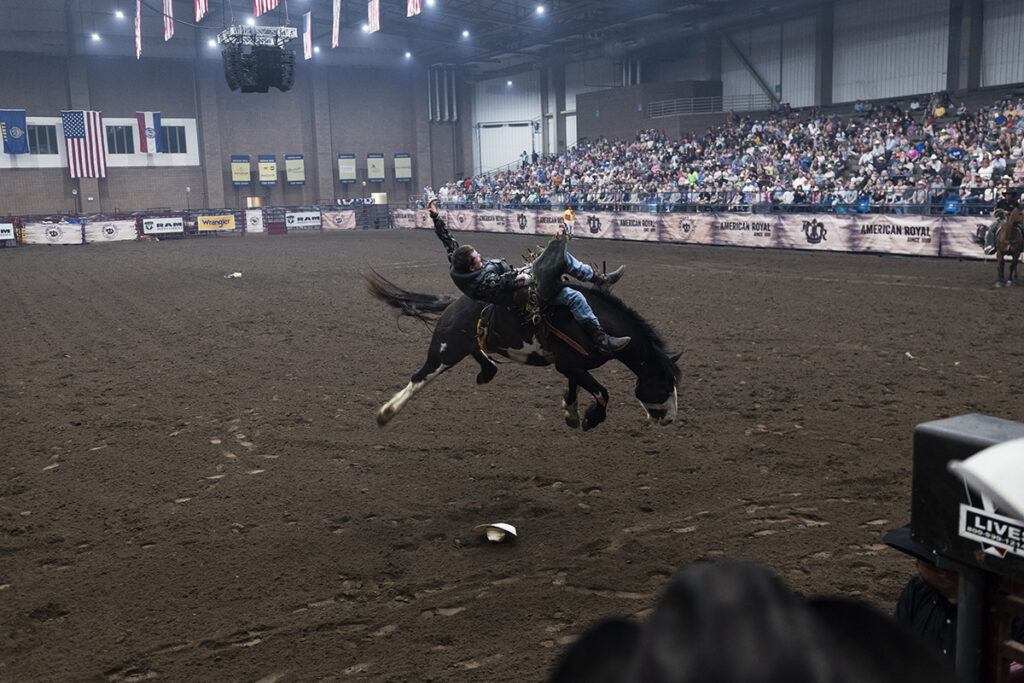
By 1998, it was deemed “The World’s Largest Barbecue,” with more than three hundred teams competing yearly.
As 2012 American Royal Barbecue Hall of Fame Inductee and Kansas City Barbeque Society founder Carolyn Wells quips, “Blood makes you related, but barbecue makes you family.”
This is a truth that can be seen every year at the American Royal Barbeque Competition, as hundreds compete for the Grand Champion title with their own finger-licking, fall-off-the-bone barbeque—a tradition that would make Henry Perry, credited with being the first person to open a barbecue restaurant in KC, proud.
Looking to the Future

From rodeos to livestock markets and more, the institution only strengthened each passing year.
As noted in the publication 75 Years of Kansas City Livestock Market History, the Kansas City Stockyard Company refers to the American Royal as the “educational extension department of the Kansas City market and the Kansas City Stockyards Company.” Through its events and programs, the American Royal reaches hundreds of thousands of people each year as well as granting scholarships for people seeking an agricultural education.
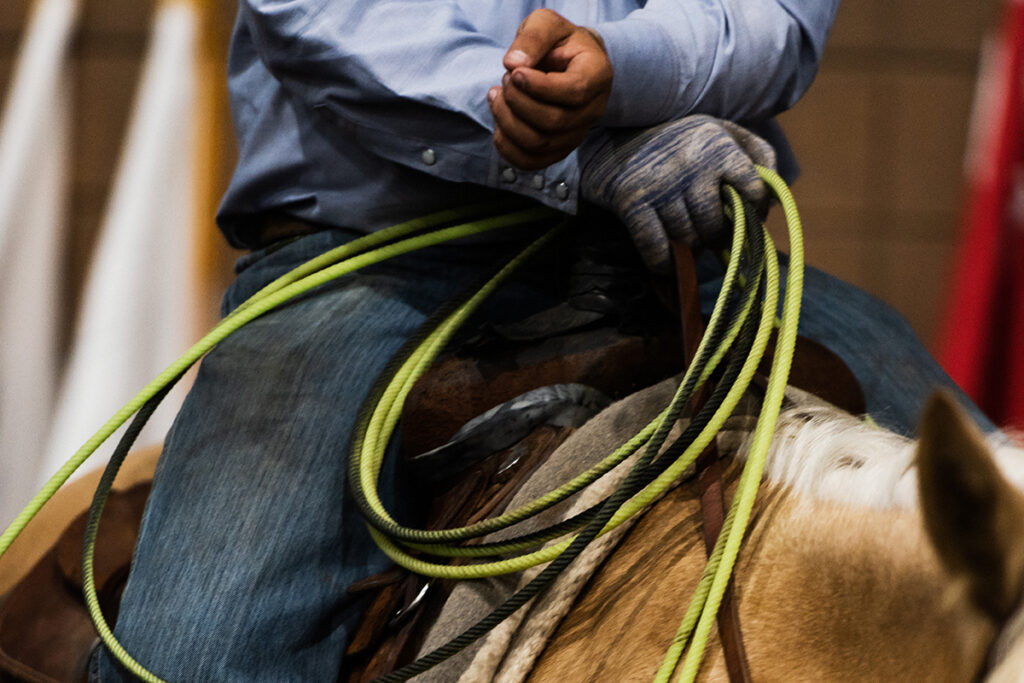
Much like in the early 1920s, with the vision and drive to succeed within every facet of their organization, the American Royal Association continues to grow and is building a new home farther west in Kansas City, Kansas. The American Royal website says the new facility will be a “state-of-the-art agriculture showcase and learning environment unlike any other. This is more than a relocation. It’s more than bigger facilities. It’s about establishing the revitalized American Royal as the go-to place for food and agriculture.”

With plans to move from the original location on Genessee and Wyoming streets to the western side of Kansas City, Kansas, the new home will sit on more than one hundred acres. But while the location will change, the tradition and history remains. “Without the stockyards, we wouldn’t be who we are today,” Laudan says.

